In Pictures: Fighting malnutrition
- Published
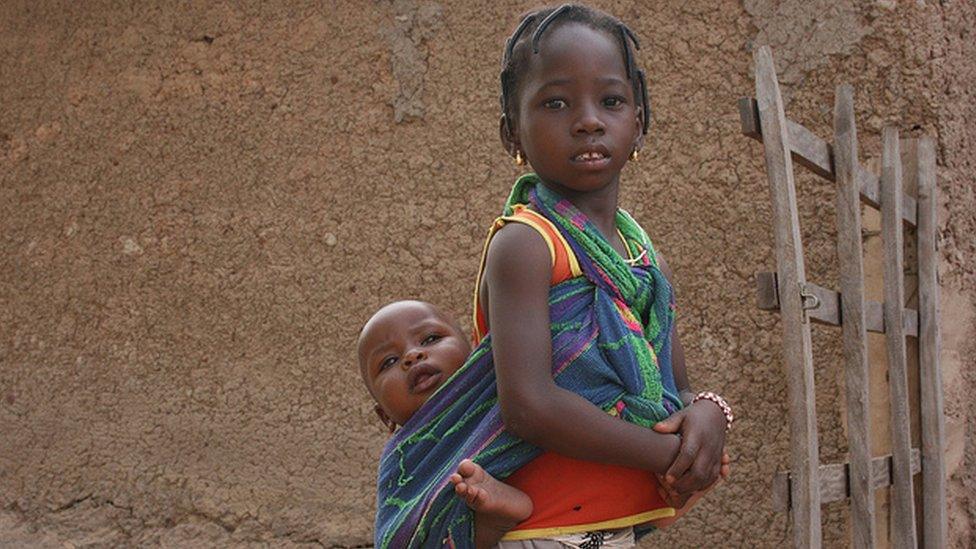
British Prime Minister David Cameron is hosting an international meeting aimed at combating malnutrition in the developing world. It accounts for 45% of deaths among children aged under five. To help change this, research institute Icrisat is working with smallholder farmers to grow more nutritious, resilient and diverse food. Photos and text: Alina Paul Bossuet, International Crops Research Institute for the Semi-Arid Tropics. Photos were taken in Ethiopia, Mali and India

Globally, 29% of children under five are stunted. This is as high as 50% in parts of India. This is largely due to micro-nutrient deficiencies, especially of vitamin A, iodine, iron and zinc. Education about nutrition and access to nutrient-rich cereals, tubers and leafy vegetables can help address the problem. Processing and cooking must also be considered as this has a big influence on the level of nutrients absorbed by the body.
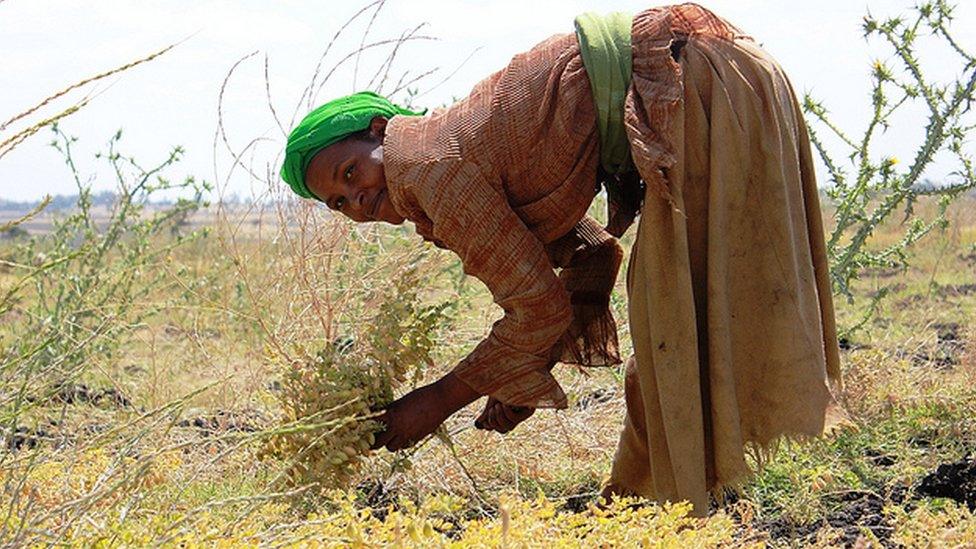
Women make up the majority of smallholder farmers. Women's access to land, training and better seed variety are central to improving nutrition. Helping women gain more control over household income and spending often means better feeding and childcare, as well as better understanding of nutrition.
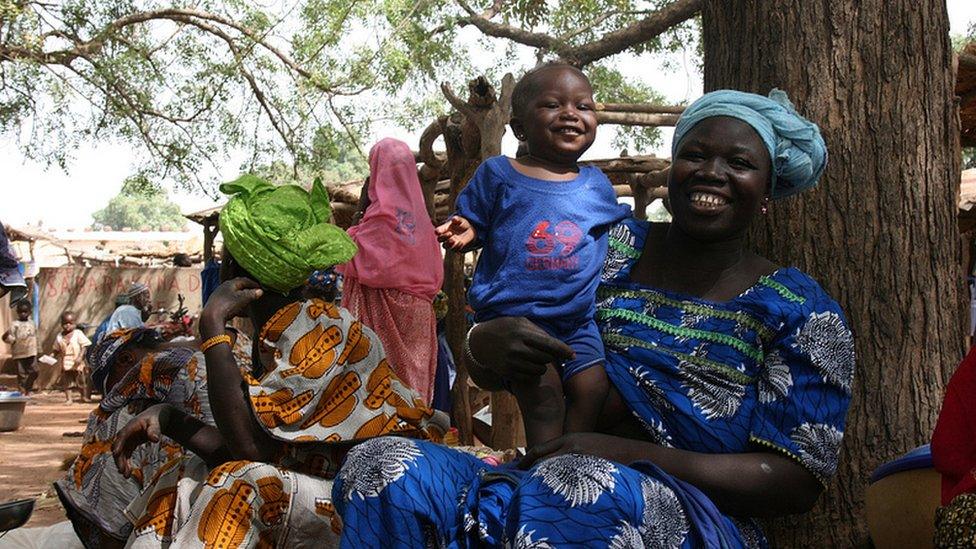
An integrated approach to improving nutrition is being tested in Mali with initiatives including health training in areas like breastfeeding, hygiene, malaria prevention and diet.
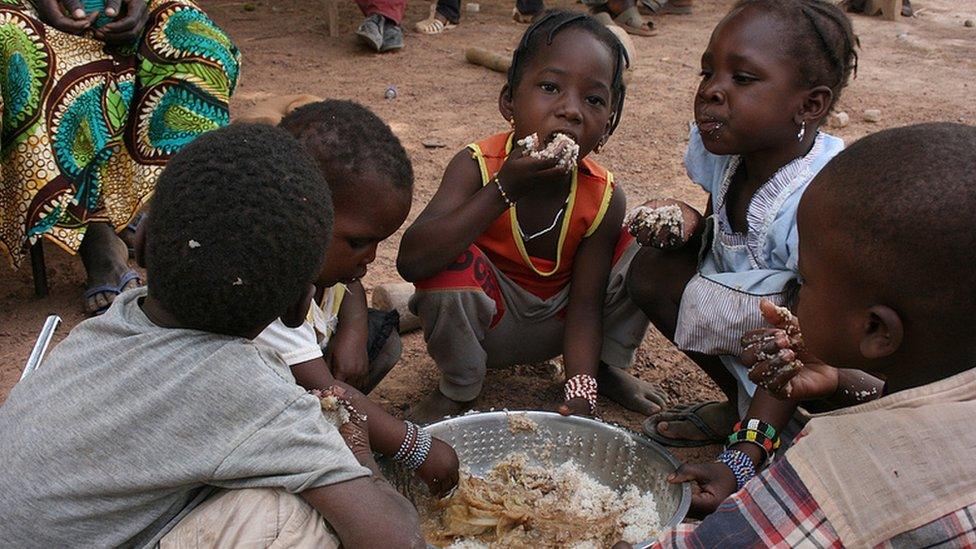
Women are trained in dietary diversification, food processing methods for best nutrient retention. Fermentation of wholegrain cereals increases nutrients and sorghum and millet are best mixed with traditional ingredients like groundnut, baobab and moringa.
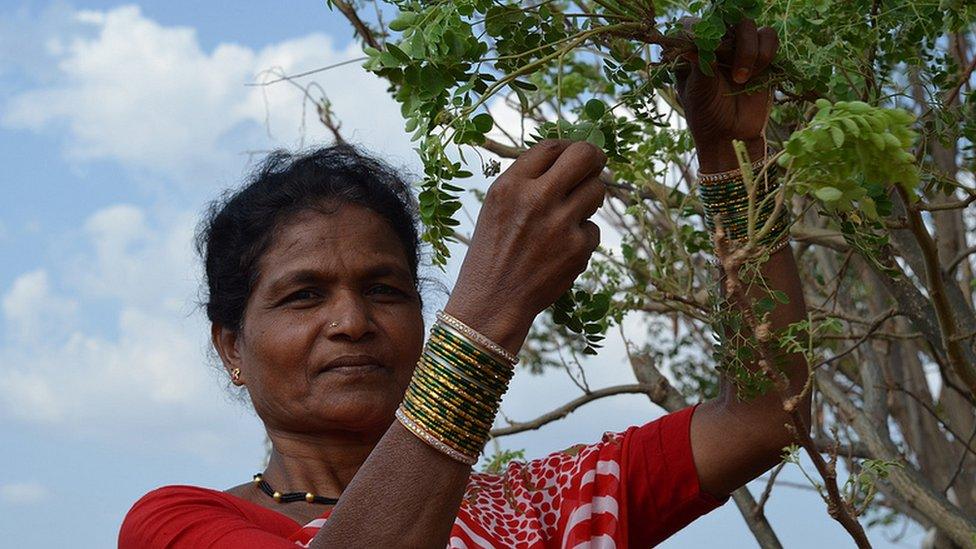
Moringa is hailed as a superfood to combat nutrient deficiencies. With seven times more vitamin C than oranges, Moringa leaves increase the body's ability to absorb nutrients from staple crops. It has four times more calcium and twice the protein in milk. Mothers report that they plant 'food banks' of moringa in their back garden to secure constant supply.
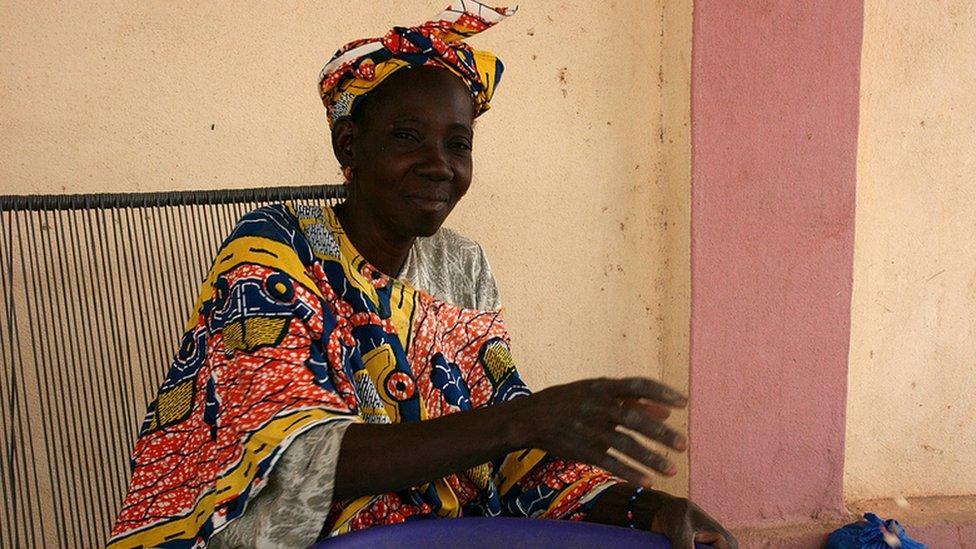
In Mali, effort is focused on making sure high quality peanuts are used to make a nutritional paste based on a traditional recipe. Aflatoxin is a fungus that contaminates peanuts and can cause childhood stunting and liver cancer. Women farming groups are learning how to better manage aflotaxin through more reistant seeds, better post-harvest storage and testing with affordable kits.
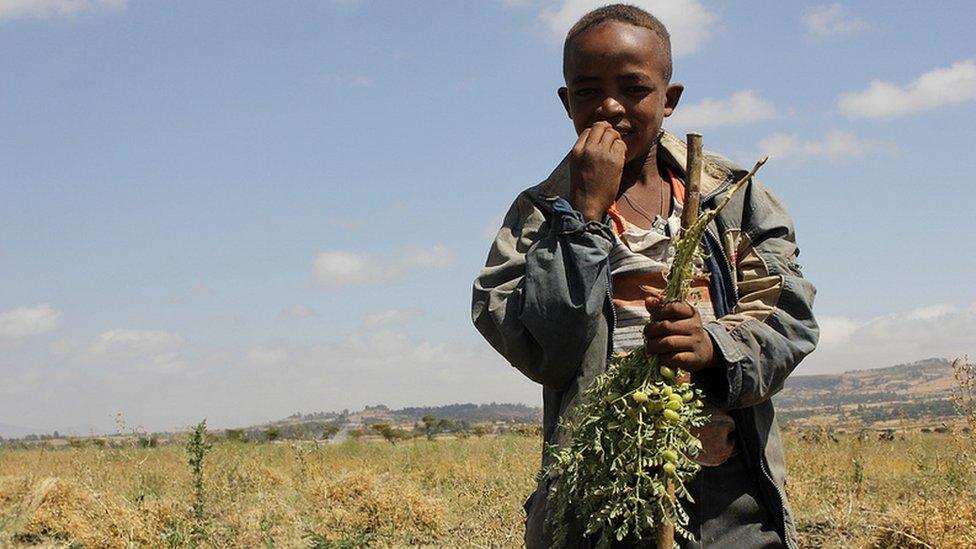
Diversifying farming to include more nutritious and resilient crops such as protein-rich, soil fertility boosting legumes like chickpea, pigeonpea and groundnuts, can buffer communities against drought and malnutrition.
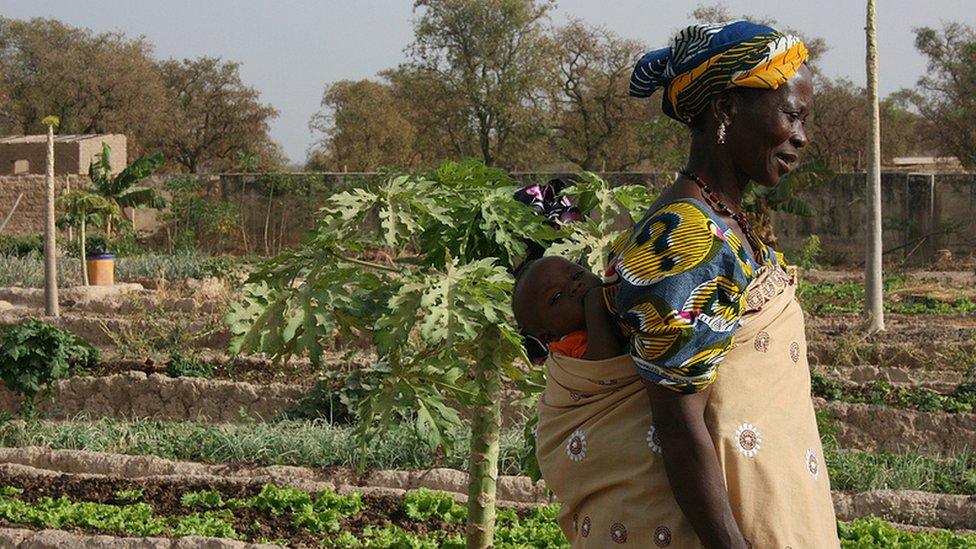
Women's associations with access to communal land and water harvesting systems can grow a range of nutritious fruits and vegetables. These not only provide essential vitamins and minerals, but boost incomes as produce is sold on the market.
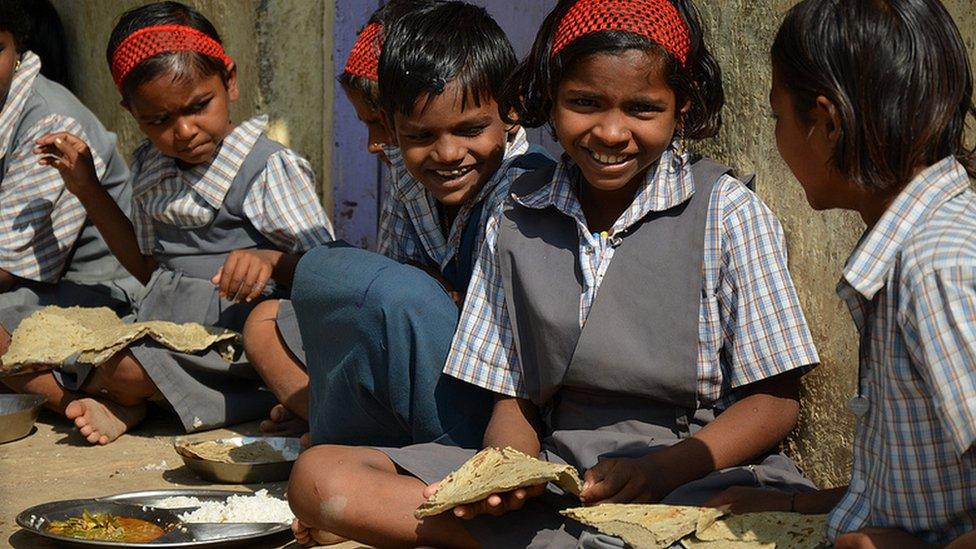
The Indian government recently called for all states to include millet in school meals as it is more nutritious than the wheat or rice-based meals. The initiative aims to increase demand and cultivation.
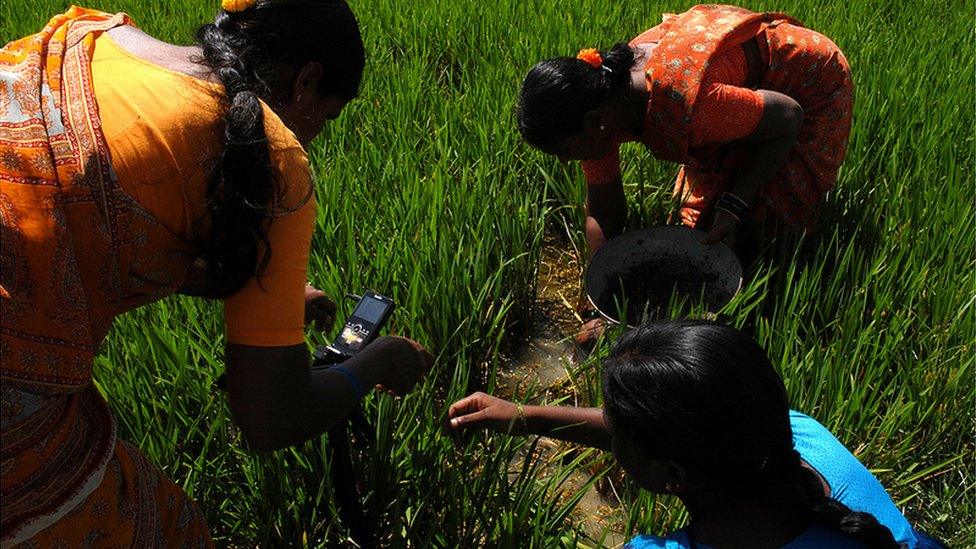
Nutrition and agricultural education works best when spread through community members. NGOs like Digital Green train farmers to make their own videos to share good practice. For terms and conditions go to www.bbc.co.uk/terms